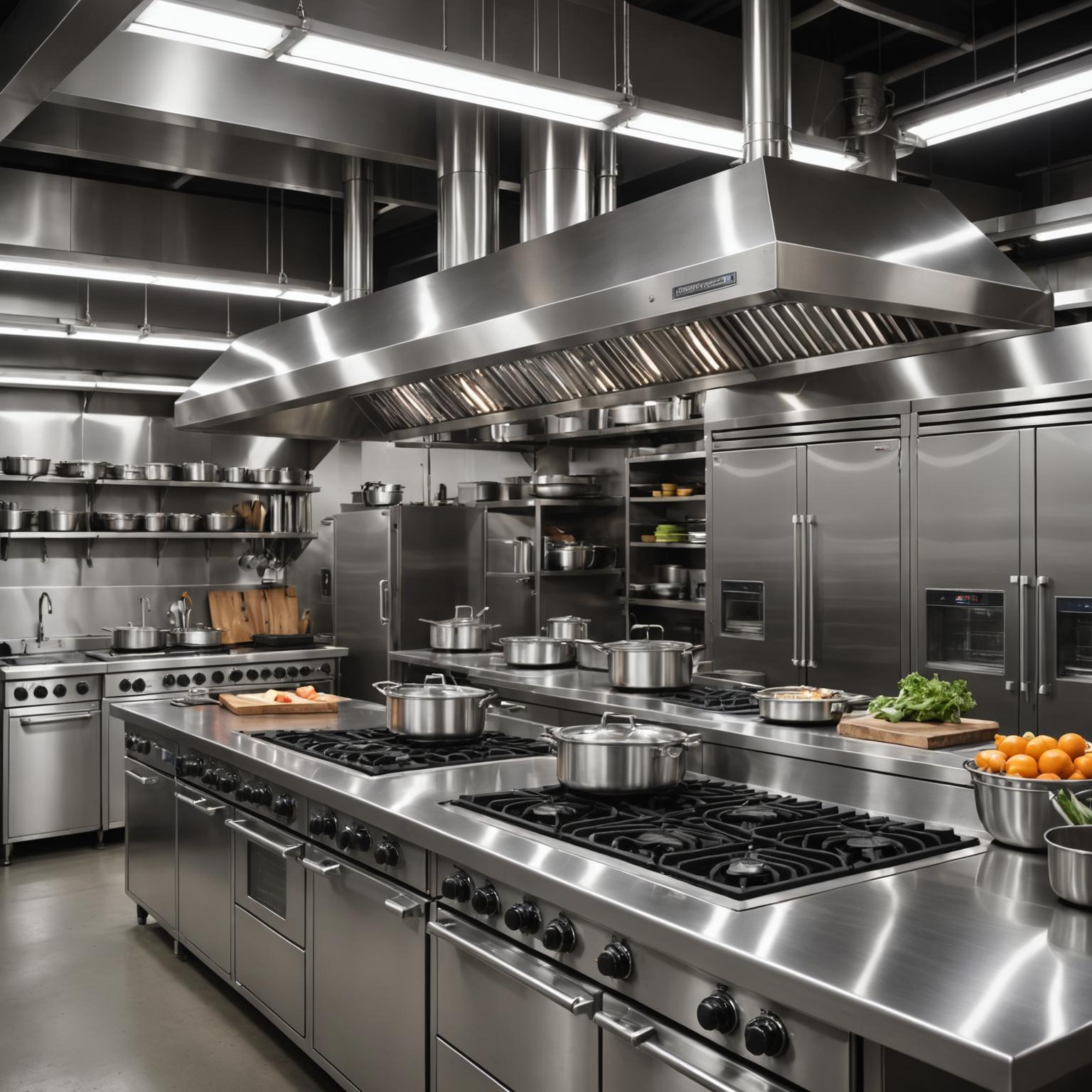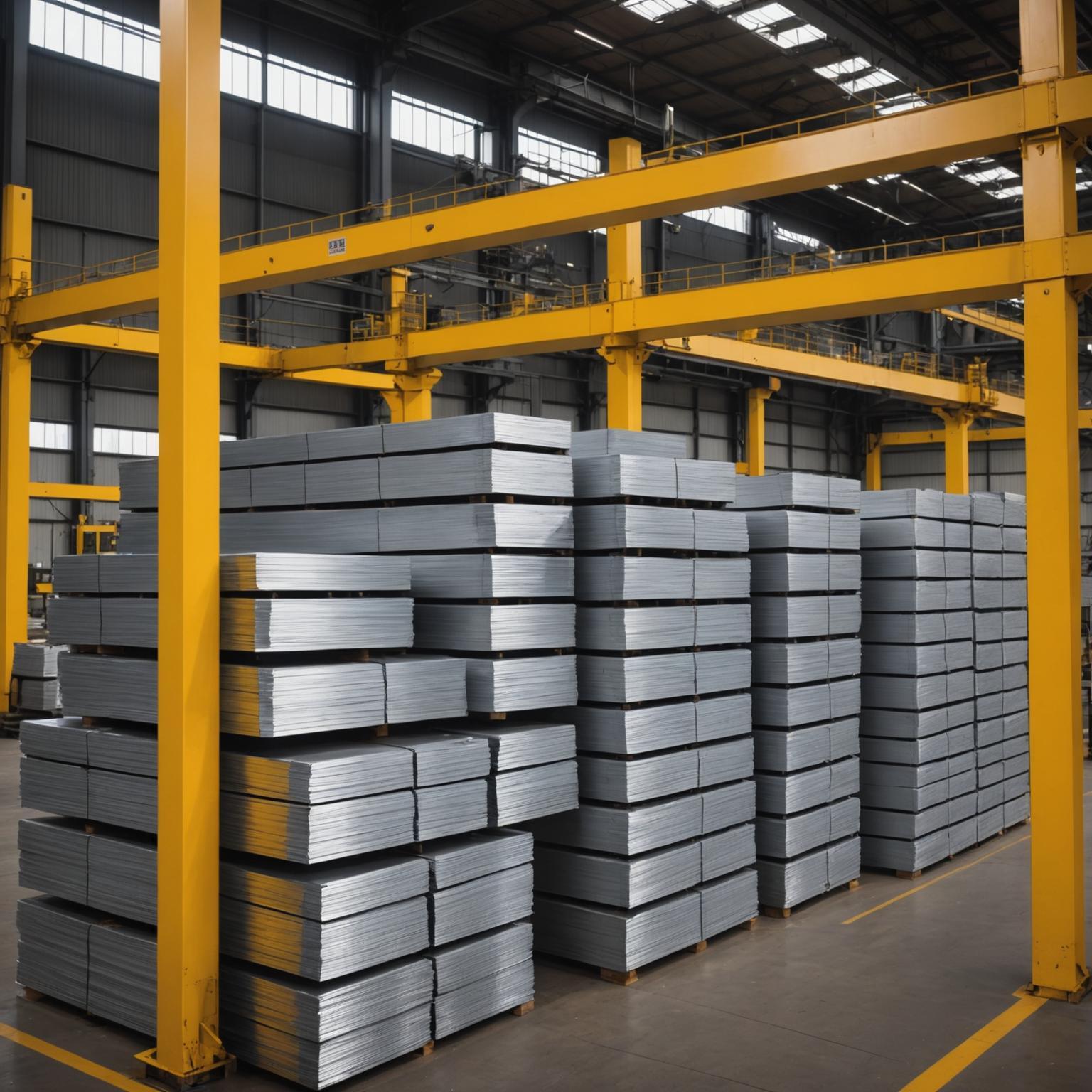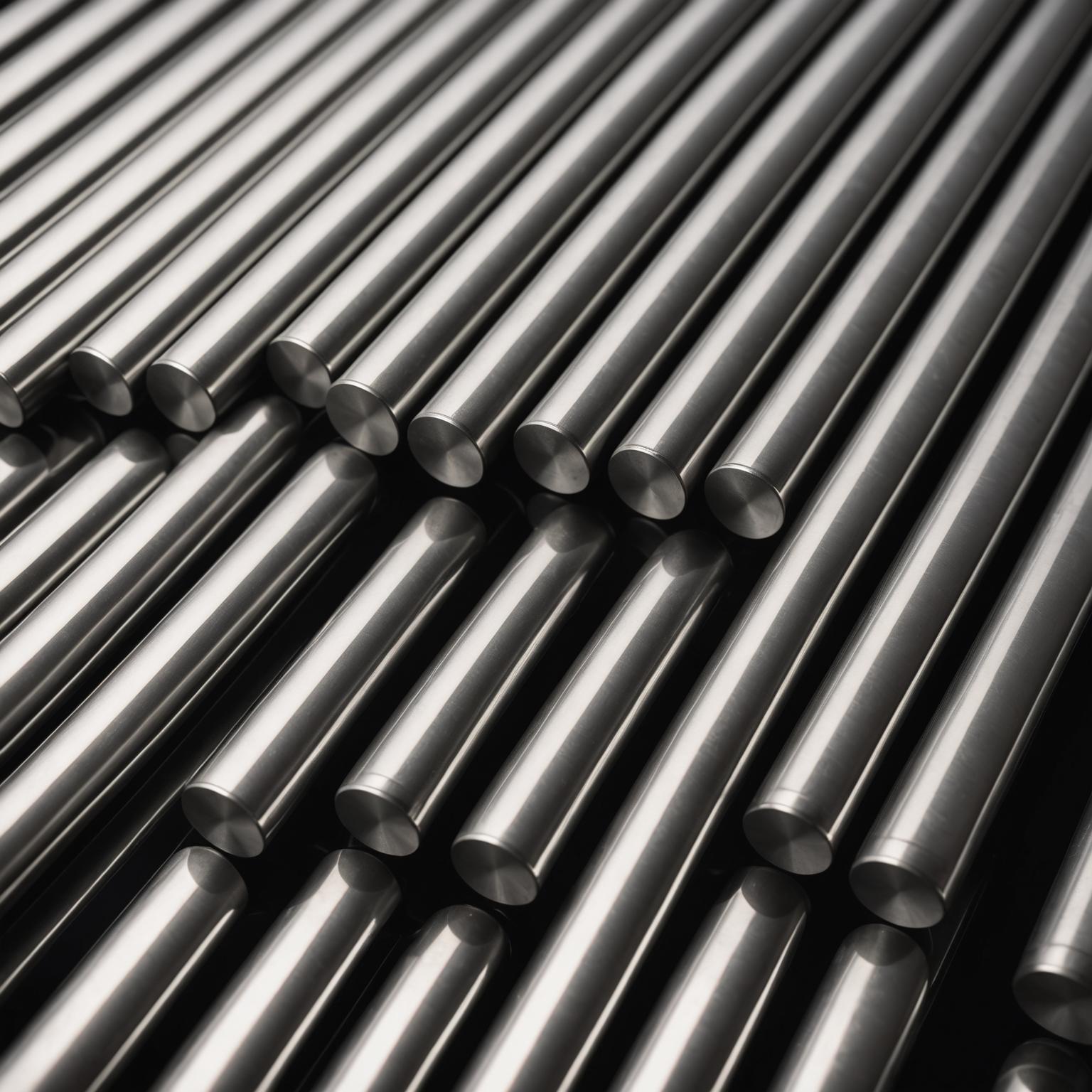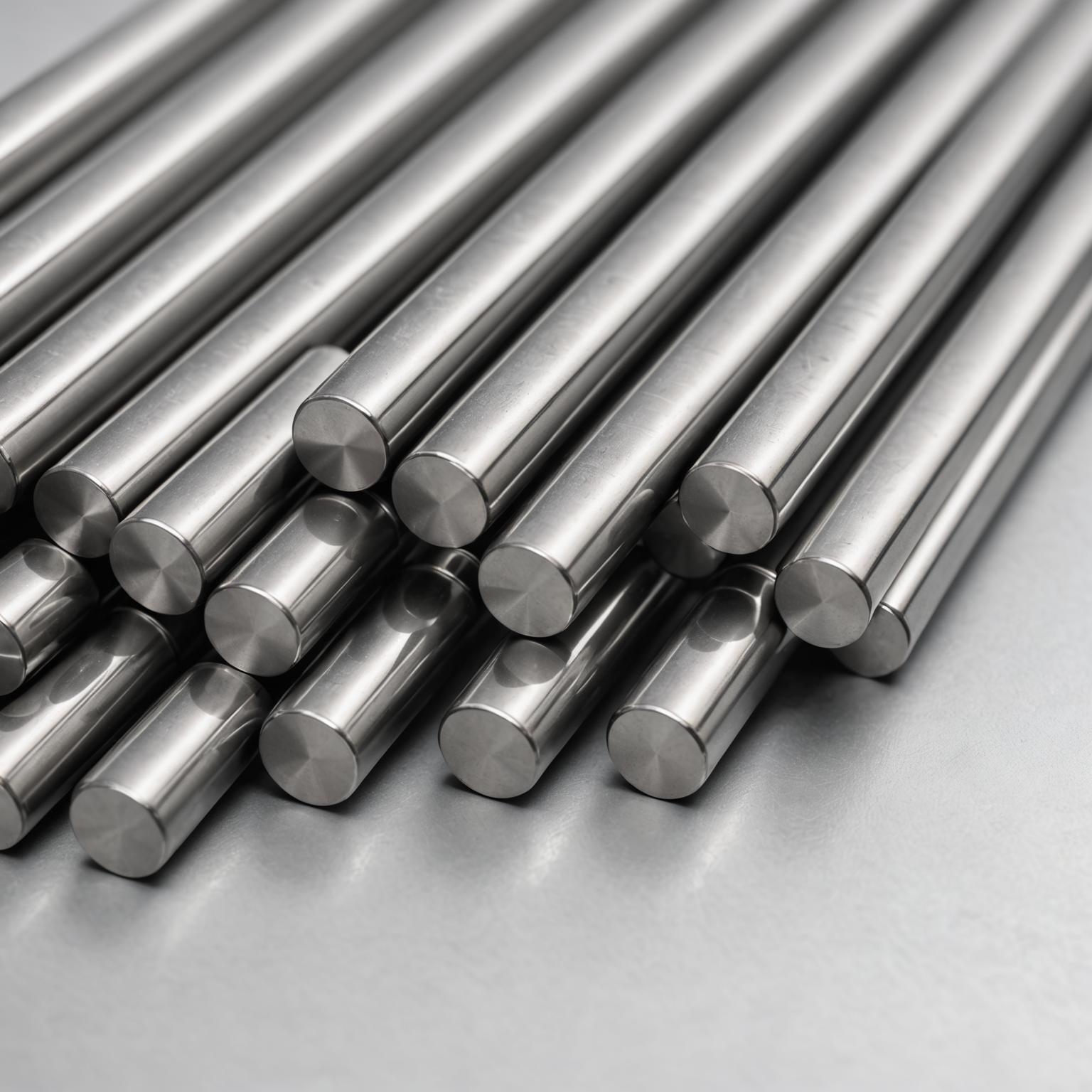When selecting materials for construction, manufacturing, or design projects, the choice between different grades of stainless steel is a critical decision. Among the most common choices are the 300 series austenitic stainless steels, specifically grades 304 and 316. While they may look identical, their underlying properties and, consequently, their applications and costs differ significantly. Understanding the factors that influence the 304 vs 316 stainless steel round bar cost is essential for project managers, engineers, and designers to make an informed decision that balances budget constraints with long-term performance and durability.
Chemical Composition: The Foundation of Performance and Cost
At its core, the difference between 304 and 316 stainless steel lies in their chemical composition. Both are alloys primarily of iron, chromium, and nickel, which gives them their characteristic stainless and corrosion-resistant properties. Grade 304, often referred to as 18/8 stainless steel, typically contains about 18% chromium and 8% nickel. This composition provides excellent general corrosion resistance, making it a versatile and widely used material for a vast range of applications, from kitchen sinks and appliances to architectural paneling and structural supports in non-aggressive environments. Its good formability and weldability also contribute to its popularity. On the other hand, grade 316 stainless steel contains a similar amount of chromium and a slightly higher percentage of nickel, but with a crucial addition: molybdenum, usually in the range of 2-3%. This single element is the primary driver behind the enhanced properties and higher price point of 316 stainless steel. The inclusion of molybdenum fundamentally changes how the alloy resists corrosive attacks, particularly from chlorides and other industrial acids.
Corrosion Resistance: Where 316 Stainless Steel Shines
The most significant performance difference between these two grades is their resistance to corrosion. While 304 stainless steel performs admirably in most atmospheric conditions and against many corrosive media, it has a notable vulnerability to pitting and crevice corrosion when exposed to chloride solutions. This means in environments like coastal regions with salt-laden air, or areas where de-icing salts are used, 304 stainless steel can degrade over time. This is where 316 stainless steel demonstrates its superior value. The molybdenum content in 316 provides a much higher resistance to chloride-induced corrosion. This makes it the preferred choice, often called “marine-grade stainless steel,” for any application involving saltwater, brine solutions, or other harsh chemical exposures. For projects like boat fittings, coastal architectural elements, chemical processing equipment, and medical or pharmaceutical manufacturing, the enhanced protection offered by 316 is not just a benefit but a necessity to ensure the longevity and safety of the installation.
Application Suitability: Matching the Grade to the Environment
The distinct properties of each grade dictate their ideal applications. Stainless steel 304 round bars are an excellent, cost-effective solution for projects in mild environments. They are perfectly suited for indoor structural applications, decorative trim, furniture design, food processing equipment (excluding those handling high-chloride foods), and automotive components that are not directly exposed to road salt. The material's balance of performance and affordability makes it the workhorse of the stainless steel world. Conversely, 316 stainless steel round bars are specified for more demanding situations. Their use is critical in marine hardware, offshore oil rigs, chemical storage tanks, medical implants, and wastewater treatment facilities. Essentially, any environment where the material will face consistent exposure to salt, acids, or other highly corrosive agents warrants the use of grade 316. Choosing 316 in these scenarios prevents premature failure, costly repairs, and potential safety hazards, justifying its higher initial investment.
A Detailed Look at the 304 vs 316 Stainless Steel Round Bar Cost
The primary question for many buyers revolves around cost. As a rule, 316 stainless steel is significantly more expensive than 304. The price difference, which can range from 25% to 40% or more, is almost entirely attributable to the added alloying elements. Molybdenum is a relatively expensive and volatile commodity, and its inclusion is the main driver of the price increase. Additionally, 316 often has a higher nickel content, another costly component whose market price can fluctuate. Therefore, the discussion about the 304 vs 316 stainless steel round bar cost must go beyond the initial purchase price. It must incorporate a life-cycle cost analysis. For a project in a benign environment, paying the premium for 316 would be an unnecessary expense. However, using 304 in a corrosive environment could lead to failure and replacement costs that far exceed the initial savings. The higher upfront cost of 316 stainless steel in the right application is an investment in durability and reliability, ultimately proving to be the more economical choice over the lifespan of the project.
Making the Right Choice: Balancing Cost and Long-Term Value
In conclusion, the choice between 304 and 316 stainless steel round bar is not simply a matter of picking the cheaper or stronger option; it is a strategic decision based on the specific environmental demands of the application. Grade 304 offers fantastic value and reliable performance for a wide array of general-purpose uses where severe corrosive threats are not a concern. It is the economical and practical choice for most projects. Grade 316, with its molybdenum-enhanced composition, provides essential protection in harsh, chloride-rich environments where 304 would fail. While the initial 304 vs 316 stainless steel round bar cost clearly favors the former, the true value is realized over time. By carefully evaluating the service environment, one can select the appropriate grade, ensuring the project benefits from either the cost-effectiveness of 304 or the long-term, failure-resistant performance of 316.







